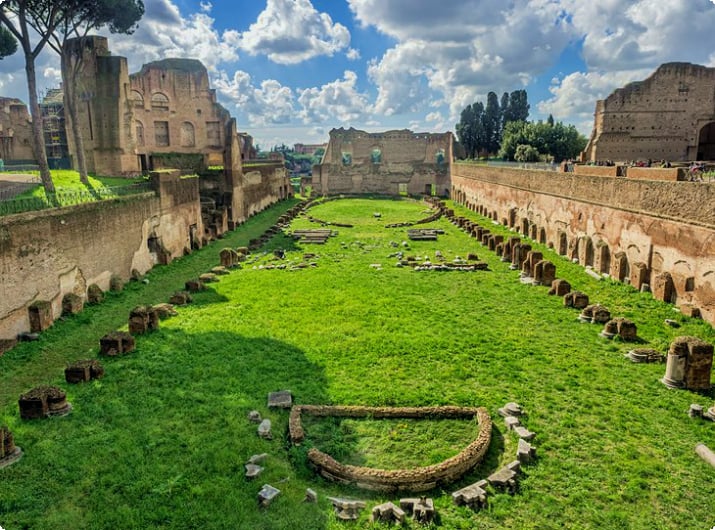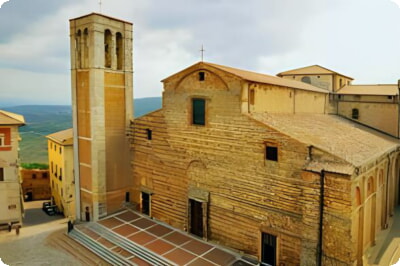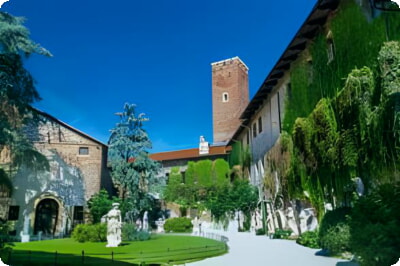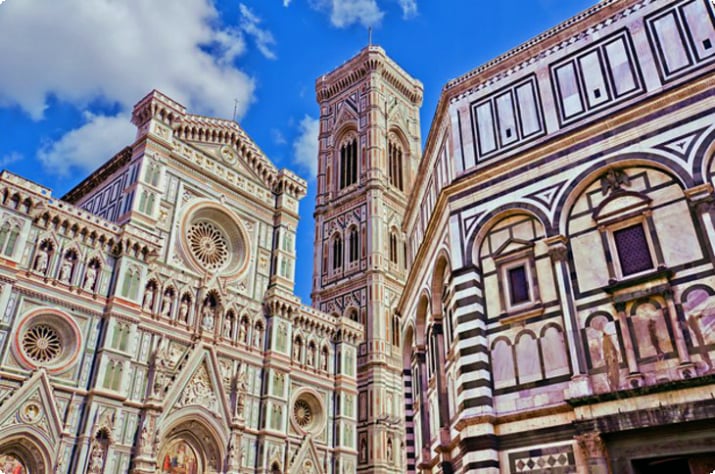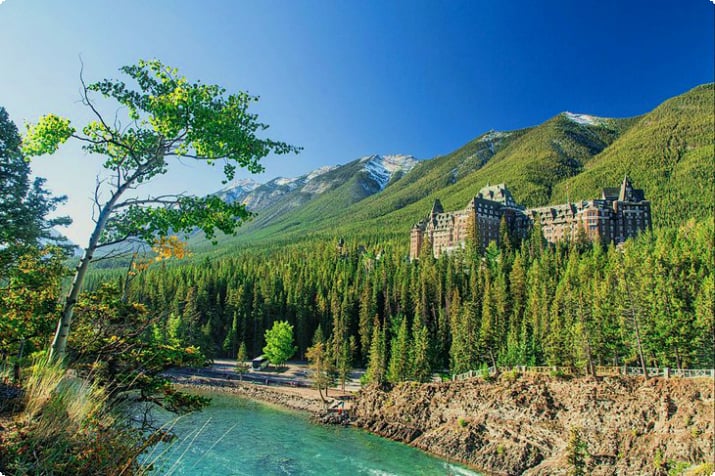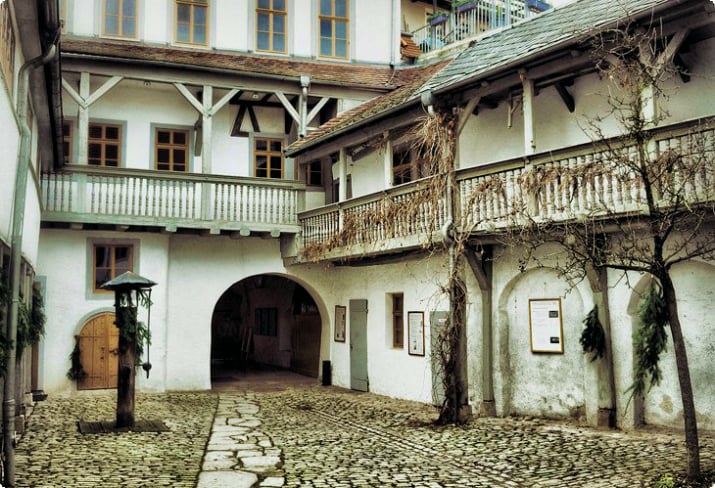Exploring Palatine Hill: Rome's Ancient Epicenter
The earliest settlers of Rome made their homes on Palatine Hill, which later became the site of magnificent palaces during the reign of Emperor Domitian. Today, visitors can explore the remnants of these structures, although distinguishing between the various periods of construction can be challenging.
Over time, the grandeur of Palatine Hill gave way to medieval structures, including convents and churches. The Frangipani family even fortified the area using the ruins, along with the Colosseum and Arch of Constantine. Despite this, Palatine Hill remains a captivating attraction, offering a peaceful escape from the bustling city below and providing a walk through the history of the Roman Empire.
Highlights of Palatine Hill
- House of Livia
- Cryptoporticus
- Domus Augustana
- Domus Flavia
- Stadium of Domitian
- Baths of Septimius Severus
- Palatine Museum
- Farnese Gardens
House of Livia
The House of Livia, believed to have belonged to Augustus' wife due to an inscription, showcases the luxurious Roman lifestyle with its heated walls and elegant Pompeian-style paintings, now housed in the National Museum of Rome.
Cryptoporticus
This underground corridor connected various imperial palaces and is infamous as the site of Emperor Caligula's assassination.
Domus Augustana
Once an imperial residence, the Domus Augustana is now a three-story excavation site revealing the opulence of ancient Rome through uncovered mosaics and wall paintings.
Domus Flavia
Constructed for Emperor Domitian, the Domus Flavia served as a public space for the emperor, featuring grand halls and rooms adorned with colored marble, designed to impress and exert power.
Stadium of Domitian
Domitian's stadium, possibly a garden in the form of a stadium, is a significant structure on Palatine Hill, associated with the martyrdom of St. Sebastian.
Baths of Septimius Severus
The ruins of these baths are among the most striking on Palatine Hill, with remnants of the heating system still visible.
Palatine Museum
The museum displays a collection of marble sculptures, architectural fragments, and frescoes from the palaces and temples, with artifacts continually added from ongoing excavations.
Farnese Gardens
The Farnese Gardens, Europe's first private botanical garden, were built atop the ruins of Palatine Hill, offering a Renaissance-era retreat with terraces, pavilions, and fountains.
Visiting Tips
- Consider a guided tour for a more insightful experience.
- Wear comfortable shoes and bring water for walking the uneven terrain.
- Palatine Hill is included in a two-day ticket with the Colosseum and Forum.
- Access to the House of Augustus and House of Livia requires an additional fee.
- Public transport and hop-on-hop-off buses provide easy access to the site.
Nearby Attractions
Palatine Hill is close to the Roman Forum, Colosseum, and other ancient sites like Nero's Domus Aurea and Trajan's Market.
Restaurants and Shopping
Nearby neighborhoods offer a variety of dining options and shops for souvenirs, clothing, and local delicacies.
For a comprehensive guide to Rome's attractions, including the top churches and museums, visit tripates.com.

